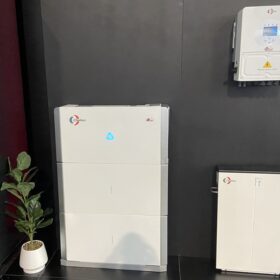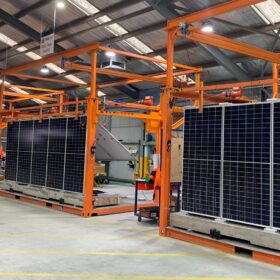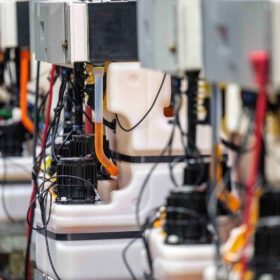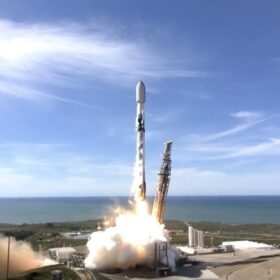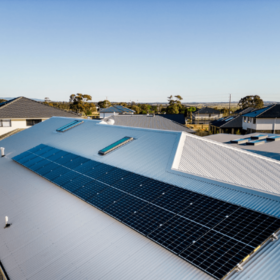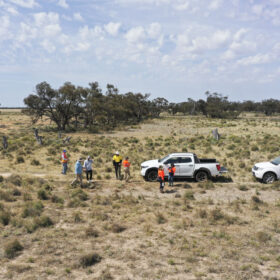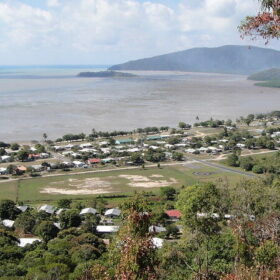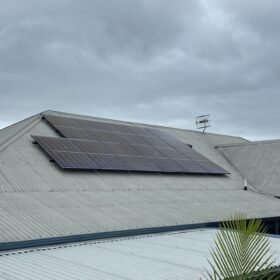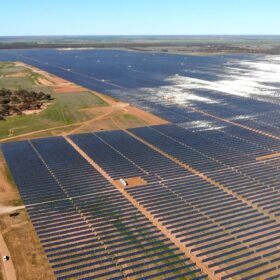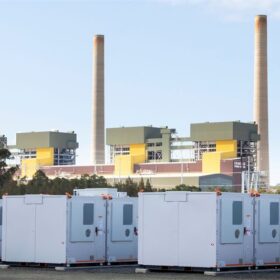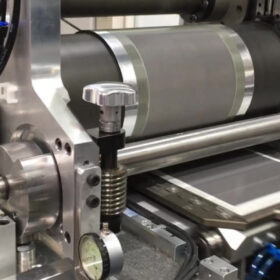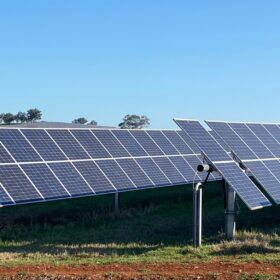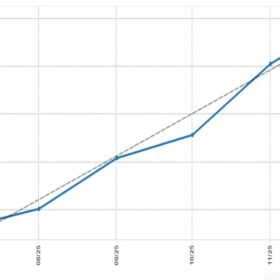Smart Energy Expo: Chelion rolls out latest residential energy storage system
The first of energy storage solutions specialist Chelion’s new iHome high-voltage residential battery storage systems are now being rolled out in Australia.
5B eyes Australian expansion as work on Indian production plant begins
Modular solar pioneer 5B has commenced construction of a potential giga-scale production facility in India that is to improve its access to international markets, but the Sydney-headquartered company remains committed to its manufacturing operations in Australia.
Redflow secures government grant to drive flow battery development
Queensland-based battery company Redflow has secured up to $1.12 million in government funding to support the development of a large-scale zinc-bromine flow battery prototype and to examine the potential to establish a large-scale battery manufacturing facility in the state.
CSIRO takes solar cell research into space
Printed flexible solar cell technology developed by Australia’s national science agency has been successfully launched into space as part of billionaire Elon Musk’s Space X’s Transporter-10 mission.
Fixing National Electricity Market for renewable energy future
Rooftop solar is Australia’s cheapest source of electricity. The consumer can get electricity from rooftop solar at less than a fifth of the average cost per kWh of buying it from a retailer.
AGL throws weight behind 2 GW NSW energy park
Energy generating and retailing giant AGL has teamed with Australian renewable energy company Someva Renewables to develop a hybrid wind, solar and battery storage facility that could deliver more than 1.5 GW of renewable energy generation capacity to the National Electricity Market.
Japan’s J-Power launches new Genex takeover bid
After receiving an initial takeover bid last month, Australian renewable power generation and energy storage developer Genex Power has received a revised acquisition offer from Japanese energy company and anchor investor J-Power.
Remote community microgrids reach design and build stage
The Queensland government has announced plans to deliver the key infrastructure and support microgrid feasibility studies in five remote townships as it seeks to promote energy sovereignty for communities on the edge of the electricity grid.
Suppliers owed millions after Victorian installer collapses
The staff of a Victorian solar retail and installation business have lost their jobs and customers and suppliers are owed millions of dollars after the company was placed in the hands of administrators.
1komma5° announces largest Australian acquisition yet
German solar technology developer and retailer 1komma5° has continued to strengthen its presence in the Australian market with the acquisition of Queensland-based Arkana Energy Group.

